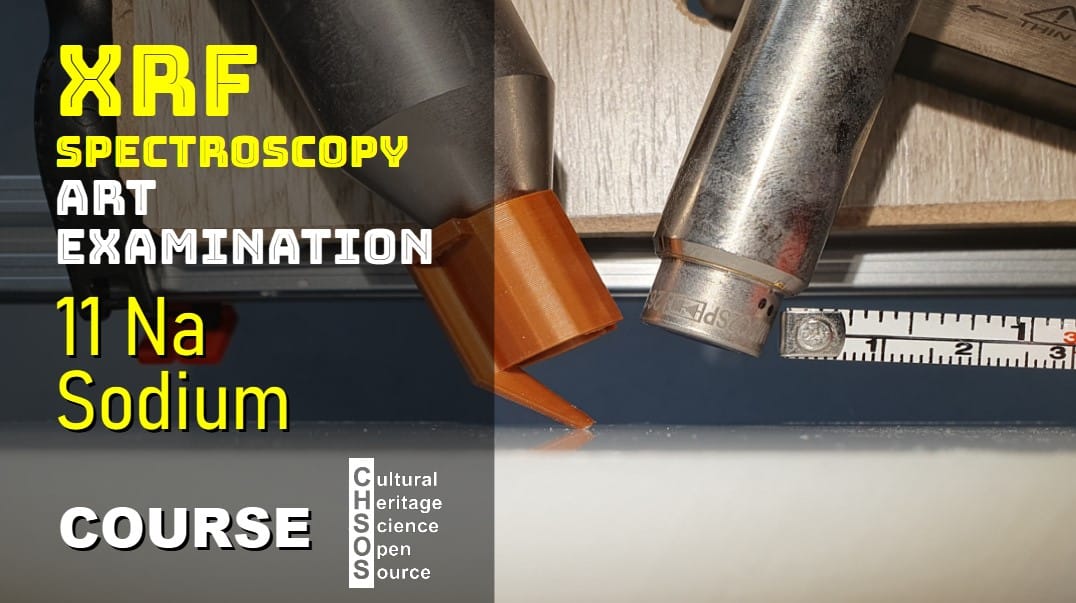
In this lesson, we will explore the lower limits of element detection in XRF spectroscopy, focusing on the effects of atomic number and air interference on detection capabilities. The primary element of interest for this lesson is sodium (atomic number 11), which represents a critical detection limit for standard XRF systems in air. Through this session, we will use computational tools to understand how air attenuates X-rays, affecting the detection of low-energy XRF lines, and discuss the challenges and solutions for detecting elements with low atomic numbers.
Objectives
- Understand the limitations of detecting low-atomic-number elements with XRF spectroscopy in air.
- Recognize how air and other factors attenuate X-rays and impact the detection of low-energy peaks.
- Explore alternative detection methods for low-atomic-number elements, such as the scanning electron microscope (SEM) or helium purge.
- Use software to calculate X-ray transmission and attenuation in different air thicknesses and pressures.
Materials
- XRF spectroscopy system
- Reference XRF line tables
- Software tool for calculating X-ray path and transmission in air
Lesson Plan
- Introduction to Detection Limits in XRF Spectroscopy
- Explain why sodium (atomic number 11) is typically the lowest atomic number detectable in air and discuss elements of interest that fall below sodium, such as nitrogen and carbon, which require SEM for detection.
- Challenges of Low-Energy X-ray Detection in Air
- Describe how the presence of air affects the detection of low-energy X-rays (e.g., sodium’s peak at 1 keV).
- Highlight the issue of X-ray attenuation and explain why only a small fraction of low-energy X-rays can reach the detector due to air absorption and beryllium window interference.
- Using X-ray Path Calculation Software
- Demonstrate how to use an online X-ray path calculation tool to determine the transmission rate of low-energy X-rays through air.
- Walk through selecting air as the target material, inputting sodium’s energy (1 keV), and calculating the effect of a 10 mm air path on transmission rates.









